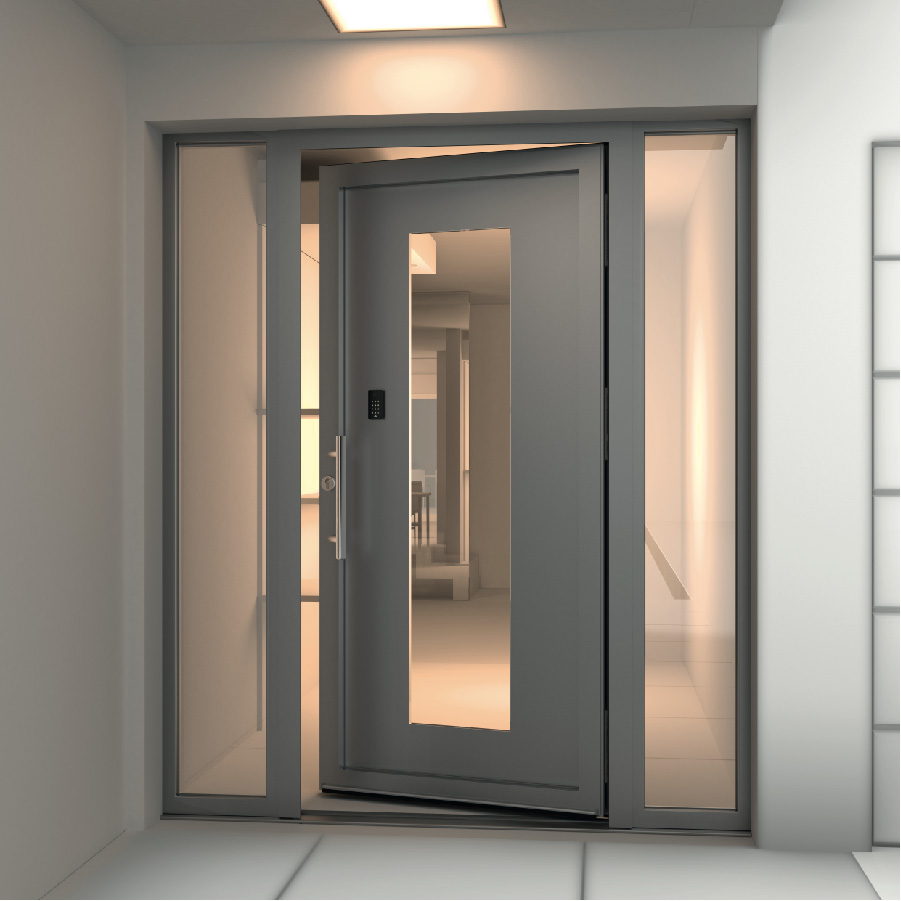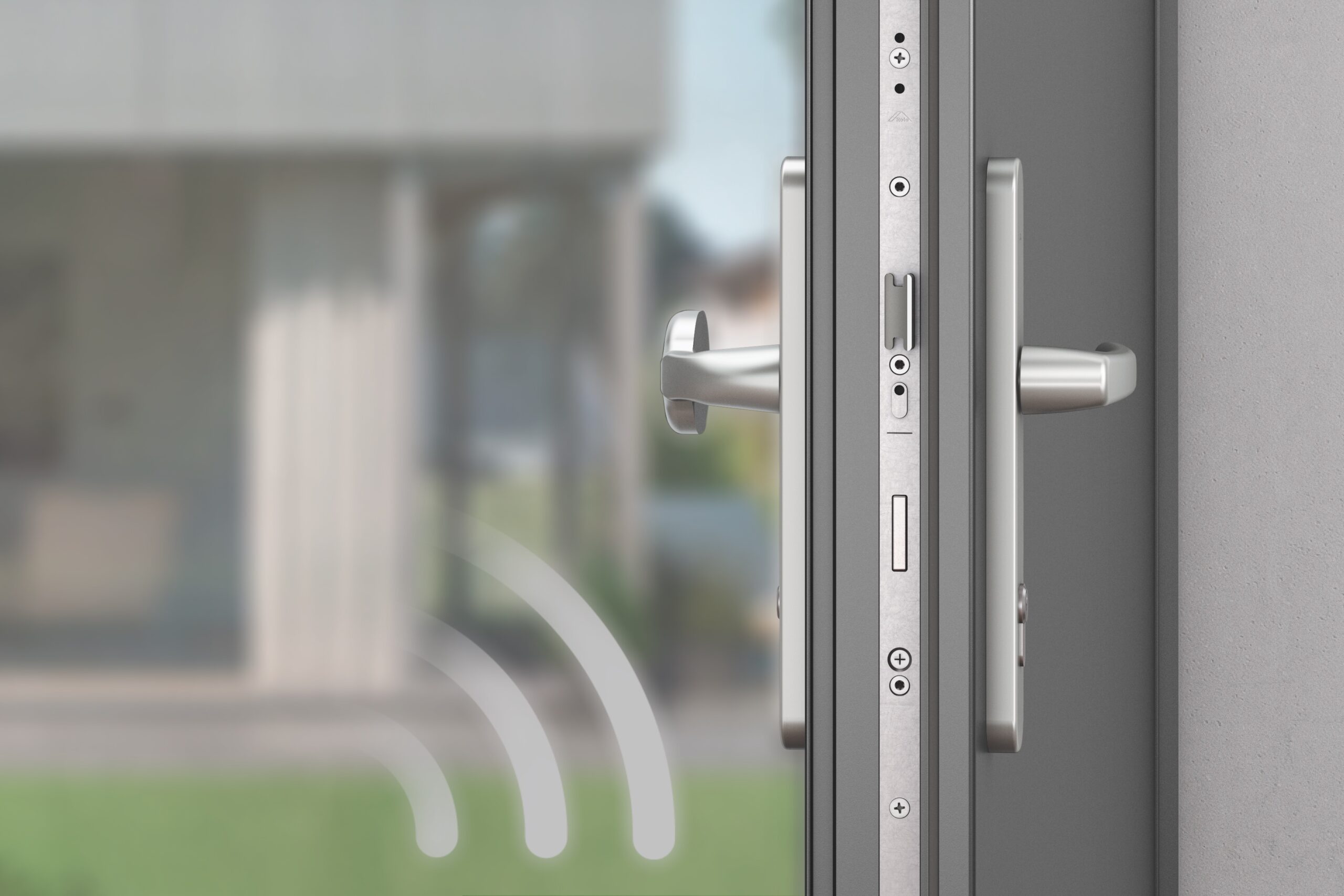Sometimes, traditional techniques are the most simple and hassle-free. This is how we at Roto view the issue of supplying power to electronic door locks. We still prefer to use a well-designed cable junction in the hinge side of the door, rather than wireless contacts.
The main reason is corrosion. If a high electrical current is going through a system, corrosion is much less likely. But at the lower voltages used for door locks, it is a real issue on all electrical contacts.
Of course, the use of gold-plating or other treatments to the contacts can stop oxidation, but only so long as these coatings remain intact. Unfortunately, any surface treatment is susceptible to erosion, therefore it is still possible for corrosion to appear on the contacts during the lifetime of the door.
This is why a cable junction is our preferred method for connecting Roto Safe E locks.


Roto Safe cable junctions are designed to prevent wear and damage to cables and components by eliminating stress points.
The plug connections have anti-twist protection built into them. The cables themselves are also longer than average and the pockets have built-in guides, which allow the cables to make a wider loop and avoid them being bent too tightly.
By reducing stresses on cables and insulation, we can ensure they will last much longer. By using a Roto cable junction and our extensively-tested Door Safe locks, you can provide each of your customers with a door that has long-term reliability inside.
Download literature
Installation, maintenance and operation instructions for Roto Safe cable junctions are available in English. Fill in your details to receive them in your mailbox.
By completing and submitting the form below, you agree to our privacy policy.

